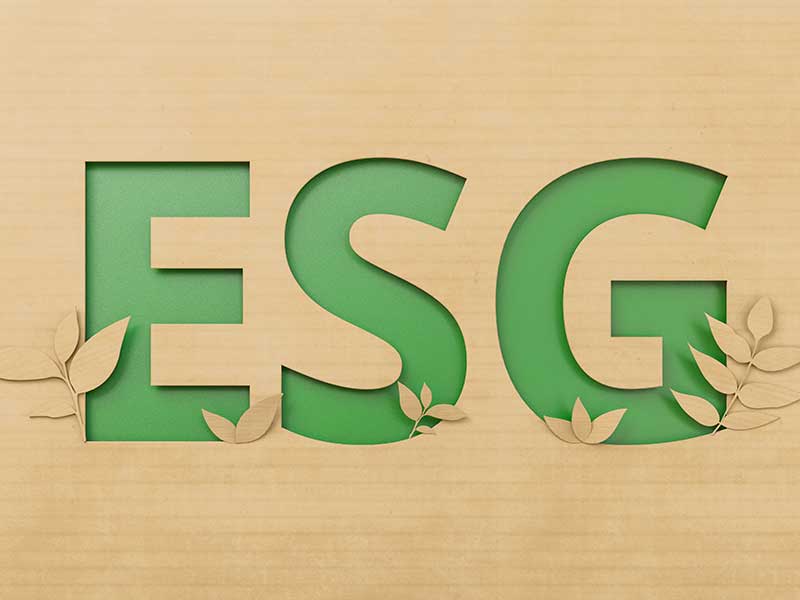
ESG integration is the most popular strategy among Canadian sustainable investment funds, with 83% of the 415 funds classified under the Canadian Investment Funds Standards Committee (CIFSC) responsible investing framework employing it.
But what exactly is ESG integration, anyway?
“One of the biggest issues with ESG integration, and probably one of the sources of confusion, is you can’t look at the portfolio to verify whether ESG has been integrated,” said Mary Robinson, director of research and investor networks with the Responsible Investment Association (RIA). Robinson was speaking on a panel at the RIA’s 2023 conference in Toronto on Tuesday.
“There’s also no one [way] to do ESG integration,” Robinson said. “There’s many different techniques that can be used, and it can also be used at the security level, the asset allocation level or the portfolio construction level.”
CIFSC defines ESG integration as when ESG criteria are “an essential component of the evaluation method for security selection alongside traditional financial factors, such that all securities in a portfolio have been evaluated based on ESG factors and the ESG factors are significant and influential in the buying and selling of securities in the portfolio.”
Robinson said the global Collaboration to Align and Refine ESG Terminology (CARET) project, of which she and the RIA are a part, came to a similar conclusion.
“Ultimately, where we’ve landed is that ESG factors can influence the risk and return of an investment, and that may not be reflected in current asset prices,” she said. “And so that means those ESG factors can influence their risk and return.”
Robinson added that materiality is an essential component of the definition: “Not all ESG factors are material in any particular investment, and part of the analysis and decision-making has to identify what those material factors are.”
The CARET project also includes the Principles for Responsible Investment, the Global Sustainable Investment Alliance, and the CFA Institute.
Panellist Nicole Gehrig, director of global industry standards with the CFA Institute, said ESG integration is often used as an umbrella term or confused with other types of ESG incorporation.
ESG integration refers “to a specific process for considering ESG factors in investment analysis and decision-making,” she said. Gehrig also stressed that the process should include ongoing consideration of ESG factors, so “it’s not just a one-time and done.”
Gehrig noted that in general, prospectuses and other investor communications have inappropriately used certain terms interchangeably, such as “best in class” and “positive screening,” or “exclusionary screening” and “norms-based screening.”
She said several papers are forthcoming from the CARET project that will help provide clarity on these definitions, with the goal of harmonizing them across the industry.
Eilidh Wagstaff, senior specialist, investor guidance team, with the Principles for Responsible Investment in London, U.K., said she hopes these papers draw attention to the importance of language when discussing sustainable investment funds, while acknowledging that some may find narrow definitions too stifling.
“You can sometimes quench some of the natural innovation that would be happening when you say, ‘You have to fit within this [definition].’ It can become too restrictive,” she said. “But the other side of that is the real need to be able to substantiate sustainability claims.”
Ian Tam, director of investment research, Canada, with Morningstar Inc., pointed out that the industry will sometimes need to be flexible on terminology, especially as the landscape evolves.
Tam moderated the RIA panel, and in an interview following the session, he said that CIFSC’s responsible investing framework intentionally treats the terms “ESG,” “responsible” and “sustainable” as interchangeable.
“When we initially developed the CIFSC RI identification framework, it was important to have the users of the framework really focus on the approaches, as opposed to the terminology,” he said. “As such, it was important that we defined umbrella terms that encapsulate the universe of investments that use these approaches.”
Investment Executive and sister publication Advisor.ca were media sponsors of the RIA Conference.